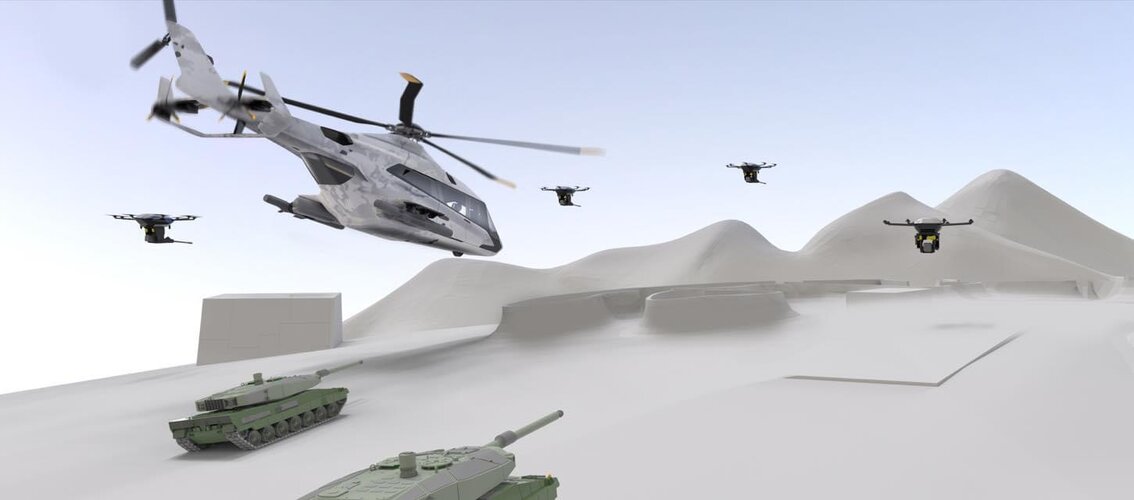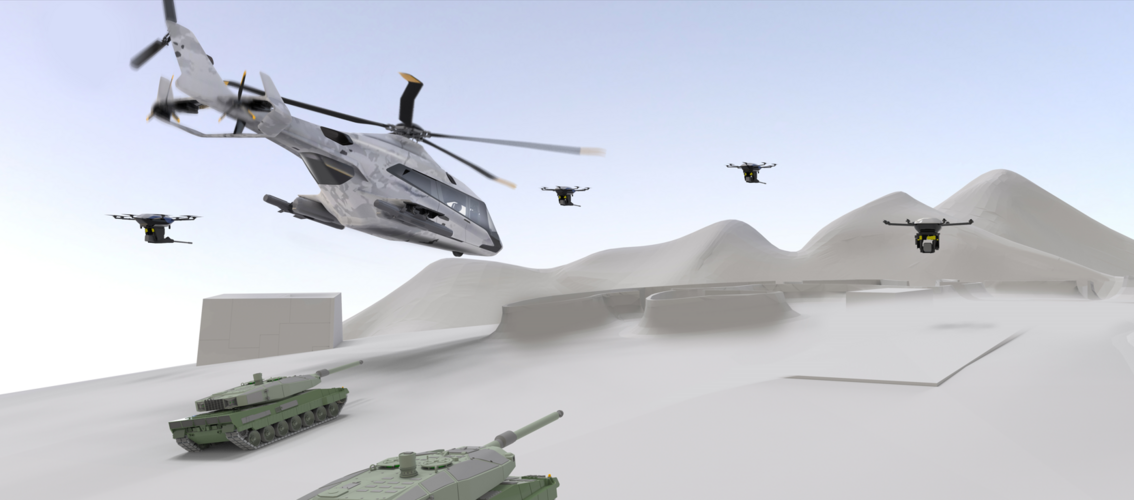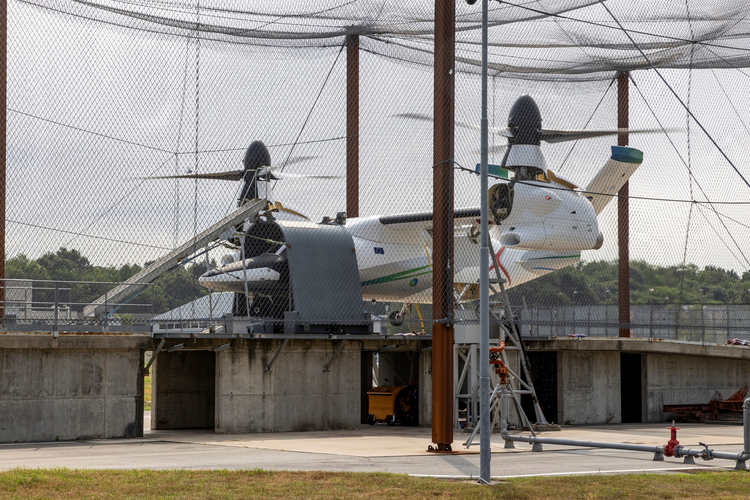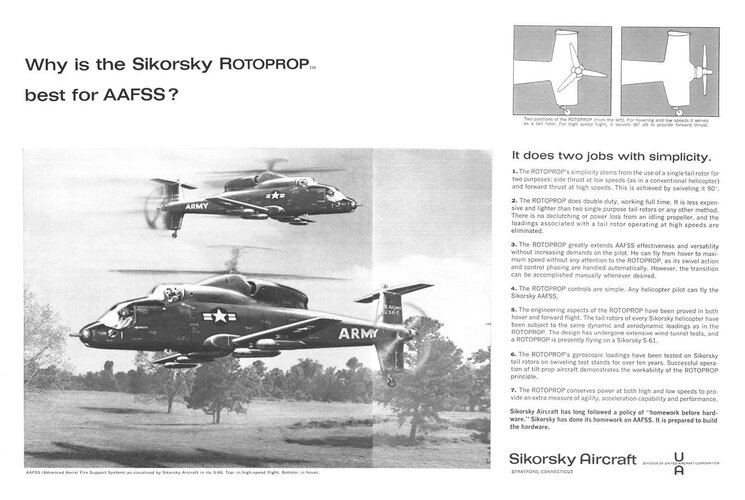Boeing had Canard Rotor Wing which could have revolutionized high-speed rotorcraft if they'd just done 2 simple things.
First, forget the tip-driven rotor (a.k.a. within the CRW group as "rotating baton of fire" when viewed at night) since it involved truly astonishing propulsion system losses even under best-case assumptions, making any vehicle much larger and more expensive than a conventional shaft-driven rotor-plus- NOTAR. We did the studies, we knew the penalties would be drastically reduced by going to conventional shaft drive, but management and a surprising number of tech folks just were enamored of the tip drive and wouldn't consider anything else.
Second, do what your funding customer (Tony Tether at DARPA) said to do after crashing the first X-50A: Get the second ship in the air ASAP, and when/if it crashes too, they had funds for a new prototype that would apply "lessons learned" on the X-50As. Ship Two would have been flightworthy in 2 months according to our manager, but instead nearly a year was spent doing more wind tunnel tests and comparing those results with flight test data and analytical data, before finally putting Ship Two in the air and crashing it too. That delay angered DARPA to the point that they cut ties with the whole CRW idea, giving the future funding to a small company with big impractical ideas about putting a huge rotor on top of a C-130. That went nowhere of course, CRW got a permanent black eye, and nobody today is even willing to talk about a shaft-driven version that would be fast, light, and efficient. (If you remember my posts about Harrier 21, you might recall that this program also had huge potential that was crushed by management decisions. Somebody should write a book.)











